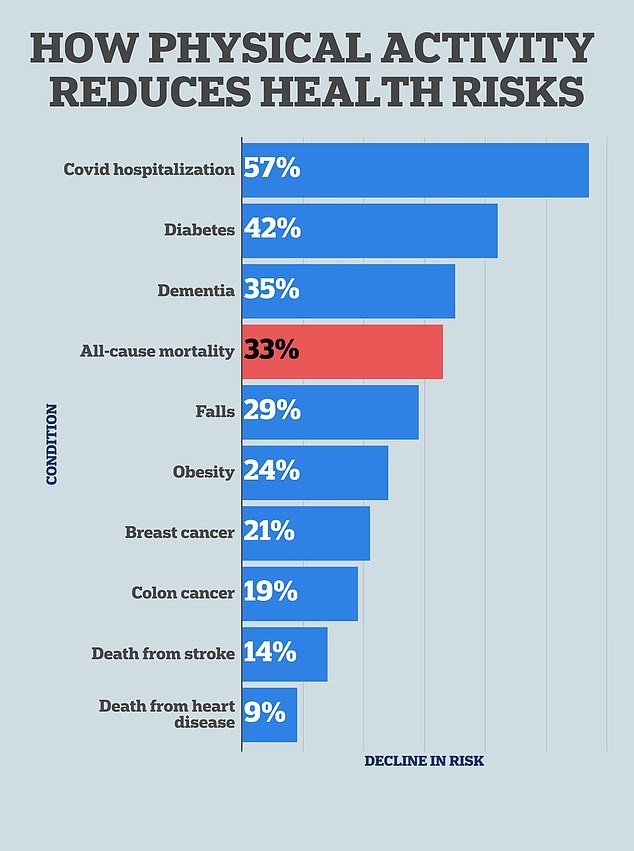One 45-minute workout could slow cancer cell growth by up to 30% — new study hints at a powerful link between movement and survival
Breast cancer remains a grave challenge, striking about 311,000 American women each year and killing around 42,000. A new study suggests a single 45-minute workout—either resistance training or high-intensity interval training (HIIT)—could slow cancer cell growth by about 20-30% in lab tests, thanks to signals released by working muscles. Importantly, the finding emphasizes that intensity may matter as much as the exercise type, and even one session can spark meaningful biological changes.

In This Article:
- What they did: who participated, how they trained, and what scientists measured
- The biology in motion: what myokines are and how they could curb cancer growth
- Findings, interpretation and limits: intensity matters, and both workouts show promise
- Next steps and what it means for survivors: broadening the scope and long-term programs
What they did: who participated, how they trained, and what scientists measured
In Australia, 32 women who had been treated for breast cancer (stages 1–3) participated in the study. The average age was 59 with a body mass index (BMI) of 28. Participants completed a single 45-minute session of either resistance training (eight repetitions of five sets across major muscle groups) or HIIT (seven 30-second bouts on cardio machines with three-minute rests between sets). Researchers collected blood before, immediately after, and 30 minutes post-exercise to track myokine levels.

The biology in motion: what myokines are and how they could curb cancer growth
Myokines are proteins released by skeletal muscle during exercise that help the body communicate and regulate metabolism and inflammation. These signals are relevant to cancer biology because excessive inflammation can drive DNA damage and cancer cell formation. After a single session, the HIIT group showed a 47% rise in the myokine IL-6 immediately after exercise, while the resistance group saw a 9% IL-6 increase and a 23% rise in decorin, a myokine that helps regulate tissue growth. Levels declined gradually but stayed elevated enough to matter for a time.

Findings, interpretation and limits: intensity matters, and both workouts show promise
The researchers estimate that the myokine surge from a single workout could reduce cancer cell growth by 20-30% in lab testing. Lead researcher Francesco Bettariga notes that both resistance training and HIIT produced anti-cancer signals, and that exercise intensity appears to be the main driver of these changes rather than the exact exercise type. The study, published in Breast Cancer Research and Treatment, involved a small sample and focused only on breast cancer, underscoring the need for broader investigations.

Next steps and what it means for survivors: broadening the scope and long-term programs
Bettariga and colleagues plan to test these effects in other cancer types and among more diverse groups. They also want to explore long-term, regular exercise programs and the immune system’s role in controlling cancer cell growth. Bettariga says the findings are highly relevant to millions of women living with breast cancer and could help explain why exercise reduces progression, recurrence, and mortality risk, while offering a hopeful path forward for survivorship.

